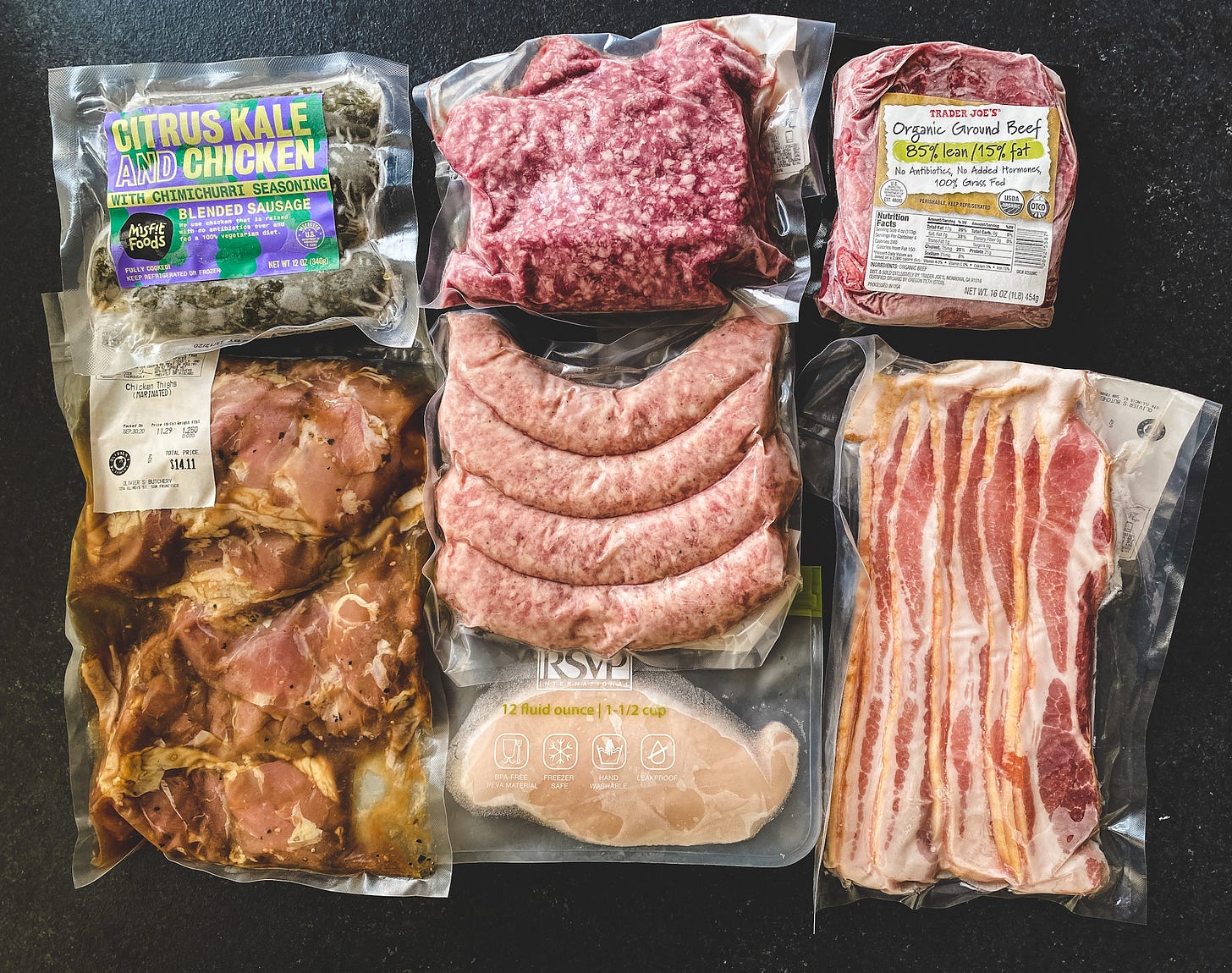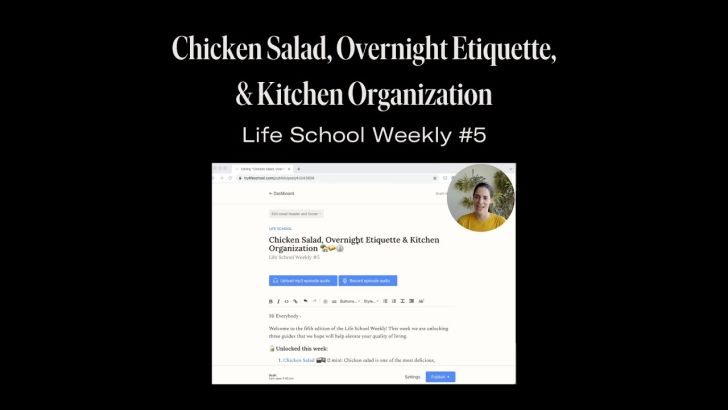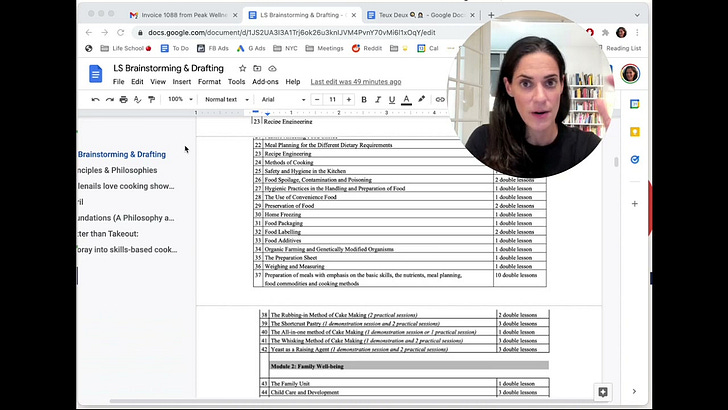Today’s lesson is 551 words, a 2 min 12 sec reading time. It is the eighth lesson of How to Hack Your Freezer.
📍 Introduction
A small stock of frozen meat, poultry & fish can come in seriously handy. Lasting a few months in the freezer (as opposed to a few days in the fridge), these items put your precious space to work. By freezing, you can capture unique purchasing opportunities (e.g., farmer’s markets, butcher shop visits, sales), and ensure you have proteins at the ready when you need them most (e.g., mid-week dinners).
With that said, these products need a little TLC to maintain their texture & flavor. Stored & defrosted properly, the items will taste as good as new. Mishandled, however, and the ingredients can develop freezer burn, become mushy, or lose flavor. 😬Given the relatively high cost of these ingredients, we believe it’s worth investing in some upfront knowledge.
📝 Notes, Tips & Tricks:
Buying
Pre-portioned packages make for faster defrosting (& eliminate your need to repackage)
If possible, purchase pre-frozen cuts.
Tougher/more economical cuts (e.g., pork shoulder, brisket) last longer than more tender ones.
Packing & Freezing
Freeze meat and fish immediately upon returning from the store to prevent any unnecessary degradation in flavor or taste.
Freezing does not reset the expiration date. If something is a day away from going bad, it will still be in that state upon defrosting.
Freeze meat in relevant portions (e.g., 2-4 servings each)
Stride ahead by freezing thinner or pre-portioned items.
To avoid freezer burn, double wrap. Learn more here.
Ground meat: create a deep indentation in the center to expand the surface area and speed up defrost
Roast chicken: remove meat from bone & tear into bite-sized pieces for economical storage & fast defrost. Bite-sized pieces sauté quickly & deliciously.
Defrosting
Defrost delicate proteins (e.g., tender meat, fish) within a few weeks. They lose texture over time (e.g., become mushy).
Defrosting in the fridge is safest. Don’t rush this & plan ahead whenever possible. It takes ~24 hours for larger items (e.g., whole chicken). ~12 hours for smaller ones (e.g., chicken breast).
For a faster thaw, submerge in cold water. Change water every 20 min —plan for 1-2 hours.
Microwave in a pinch. Set power to low (see more guidance here). Check & rotate every ~30 seconds.
Do not thaw on the counter. It’s an open invitation for bacterial growth.
When microwaving ground meat, scrape away thawed meat at the halfway point.
If defrosted via the fridge, an item may be refrozen.
Stride ahead by freezing pre-marinated items.
Cook poultry to 160° (in the center) to protect against bacteria.
To thaw faster, set fridge closer to 40°F than 35°F.
Fish & Seafood
If you plan to freeze, try to buy pre-frozen (this avoids an unnecessary thaw which impacts texture). Commercial producers flash freeze and thus better preserve flavor and texture.
Fish keeps well for ~3-6 months, depending on how fresh it is upon freezing.
Defrosting fish takes ~4-12 hours in the fridge; 30 min in cool water.
Shellfish should be cooked and removed from the shell before freezing (e.g., crab, mussels, clams); the exception is shrimp, which can be frozen raw in the shell.
🎓 Further Study
Everything to Know About Freezing and Defrosting Meat [Eater]
Safe Defrosting Methods [USDA]
Freezer Savvy: The Best Way to Freeze (and Thaw!) Meat [The Kitchn]
Tips and Methods on How to Freeze Fish [Spruce Eats]
——————————————————
🎧 Prefer to listen? Subscribe on iTunes, Spotify, or Overcast.
📚 Check out more in the Table of Contents













Freezing Meat, Poultry, & Fish 🥩🍗🍤